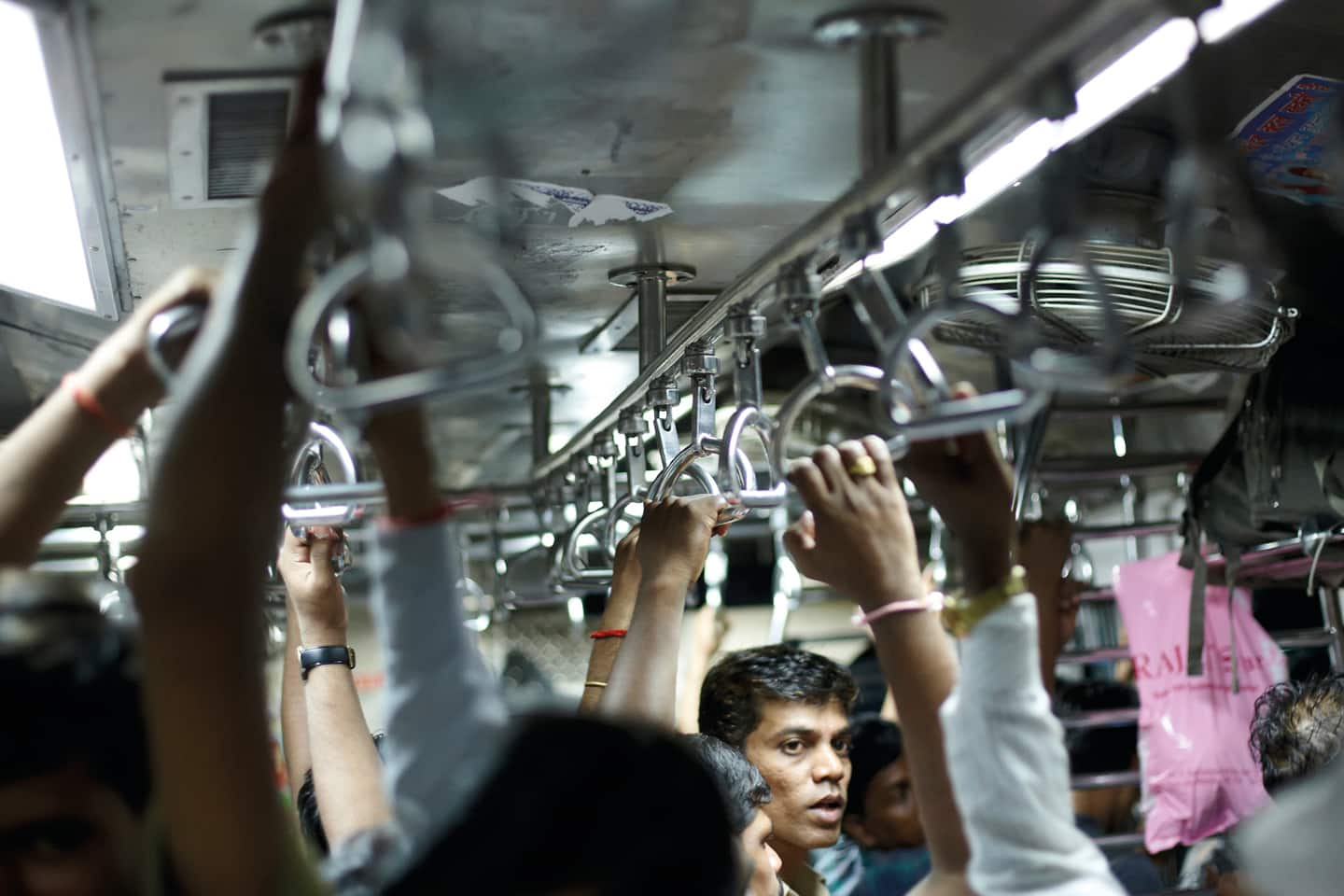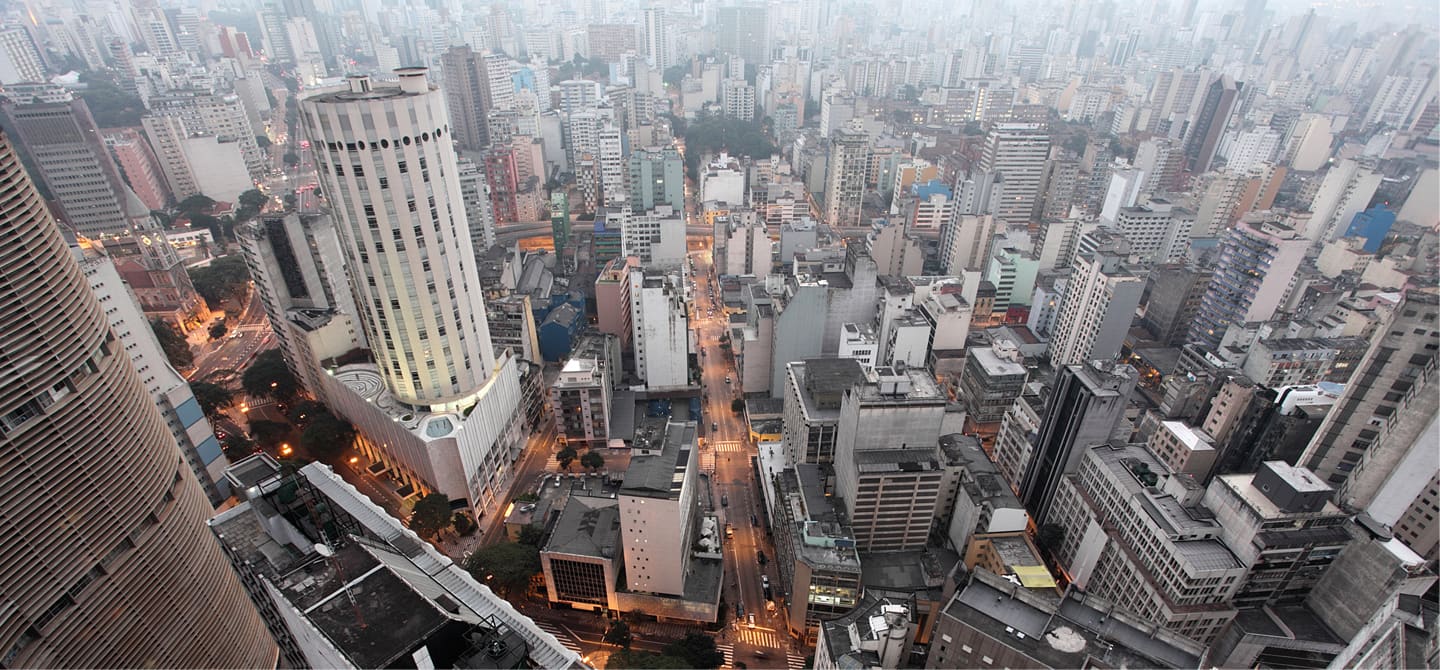Are you interested in KONE as a corporate business or a career opportunity?
Corporate siteEvery hour, over 40 people move to Mumbai, about 70 to Lagos, and over 60 to Dhaka. These megacities, like many others, are projecting between one and six percent-a-year rate of urbanization and their biggest challenge is to make it sustainable.
“We cannot talk about sustainable urbanization if we don’t look at resource flows,” says Fiona Woo, Policy Officer - Climate & Energy, World Future Council. Woo says it’s important to understand what resources cities are using, where these resources come from and how much is being used. This is a viable proposition though.
“You can use technology to track the flow of every bit of material and energy and find points where they can be made more efficient,” says Luis Bettencourt, a Professor of Complex Systems at Santa Fe Institute.

THE SMARTER WAY OUT?
Technology-centric smart cities are gaining popularity too. “It’s primarily an engineering concept about how to use data to run a more integrated operation and I think it can be an enabler of better city government in terms of service delivery,” says Bettencourt.
But there’s a risk in investing and building cities too swiftly. China, says Bettencourt, is rapidly building cities, highways, high rises, affordable homes, and industrial zones. “It’s like big cities that come out of a machine, which in the long run, may not do very well - at least it didn’t in the West,” he warns.
THE OTHER SIDE OF URBANIZATION
This is particularly because public housing has to planned meticulously. “France and UK are typical examples of unsuccessful public housing; it created several vertical slums on the outskirts of Paris and parts of London that over time caused many socio-economic problems,” says Bettencourt. “It is crucial not only to build housing, but also understand how it ’runs’ socioeconomically,” he adds.
For instance, in the past three decades, Bangladesh witnessed the highest rate of urbanization (4.19%) but 60% of its population resides in slums. Its ‘unplanned’ urbanization has been blamed for inadequacies in infrastructure, public transportation, housing, water and sanitation, energy, solid waste management, and health and education amongst others.
“Issues that require less physical intervention are easier to resolve than those that need extensive physical planning and construction,” points out Bettencourt. Take Mumbai for instance, he says. “The state is licensing an increasing number of tall buildings, but many of them don’t have integrated sewage and regular water supply because that requires a lot of physical work – digging, laying pipes etc., but other things like electricity or telecommunications are much easier, so you find them even in poor neighborhoods,” he adds highlighting the contrast.
SUSTAINABLY YOURS!
But some cities are setting a good example. Medellin in Colombia links its varied neighborhoods using public transportation like cable cars and metros. “It’s a system where the thinking is to improve and create a city that is more socially connected,” says Bettencourt. European cities, such as Frankfurt and Rotterdam, and some American cities, such as Boston or Portland have made their mark in building efficient systems. Singapore’s ambient living environment with parks and gardens around concentrated mini townships, its wastewater treatment initiatives (which meets 30% of the city’s water needs), and excellent connections via metro and bus systems makes the modern city-state sustainable.
“There are different ways of making cities liveable and several of those ways are sustainable and others are not,” adds Woo. The onus then is on every country to understand its’ urban environments, find sustainable solutions within its’ own contexts, and build cities that will stand the test of time.

